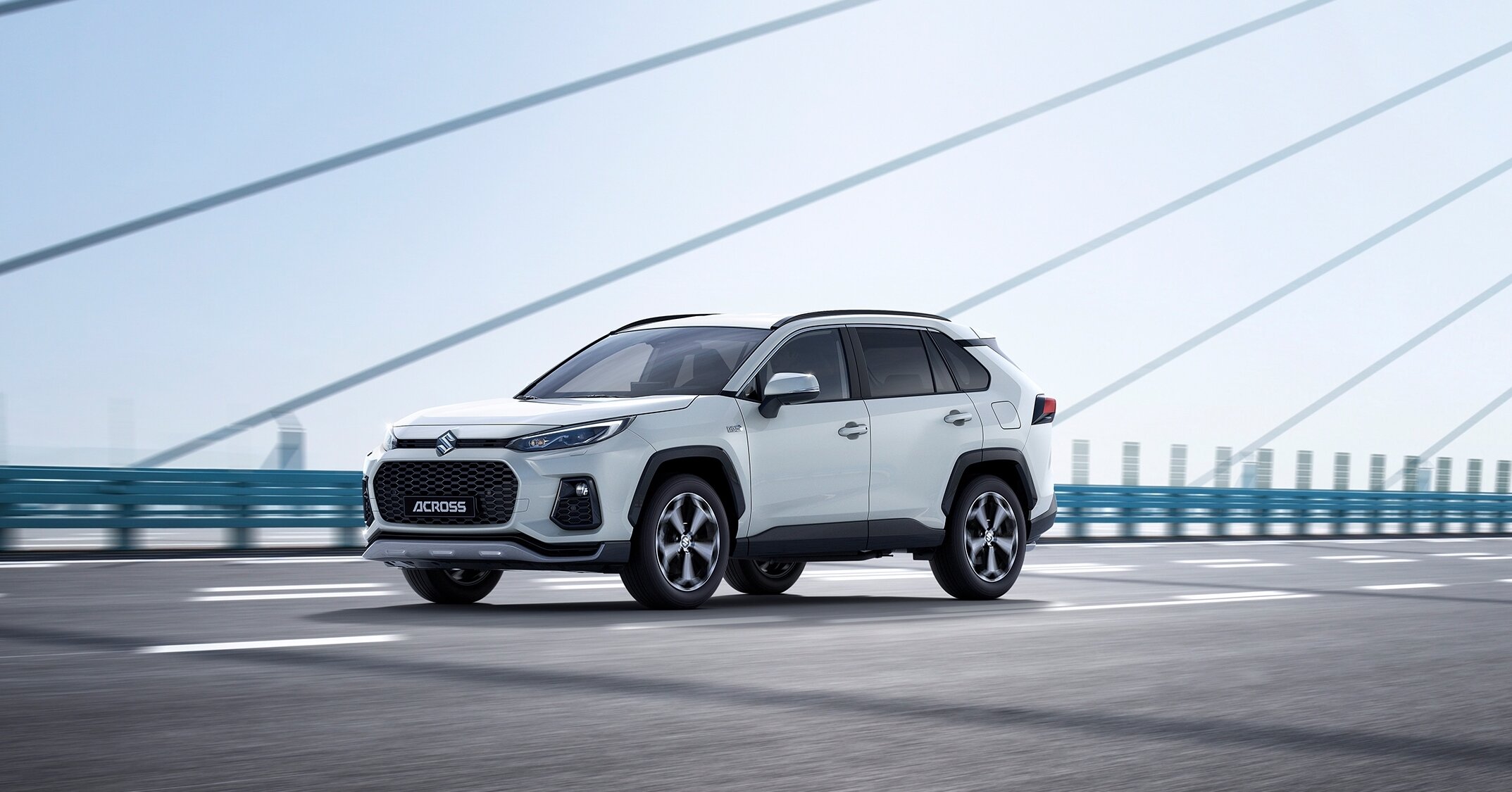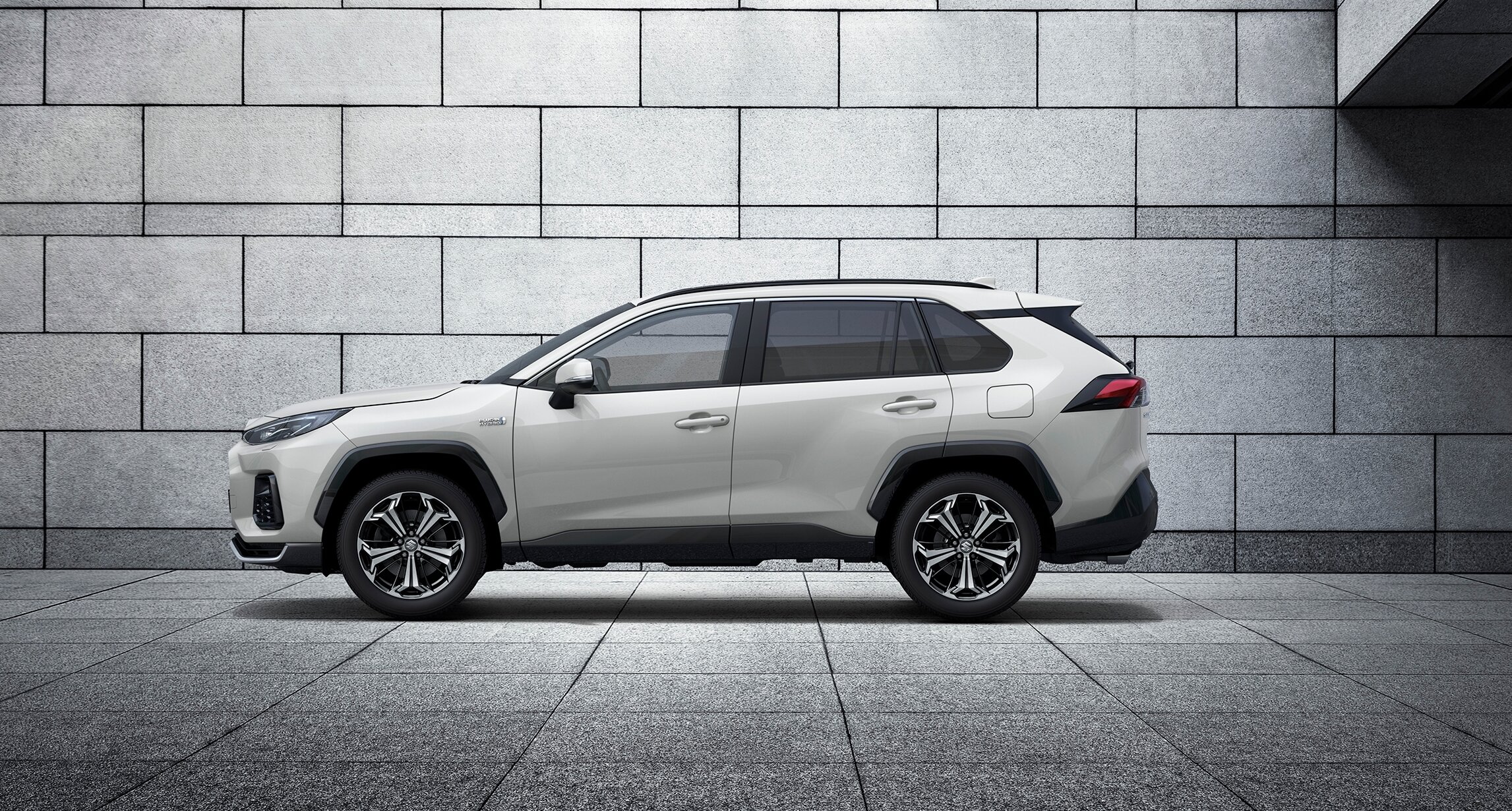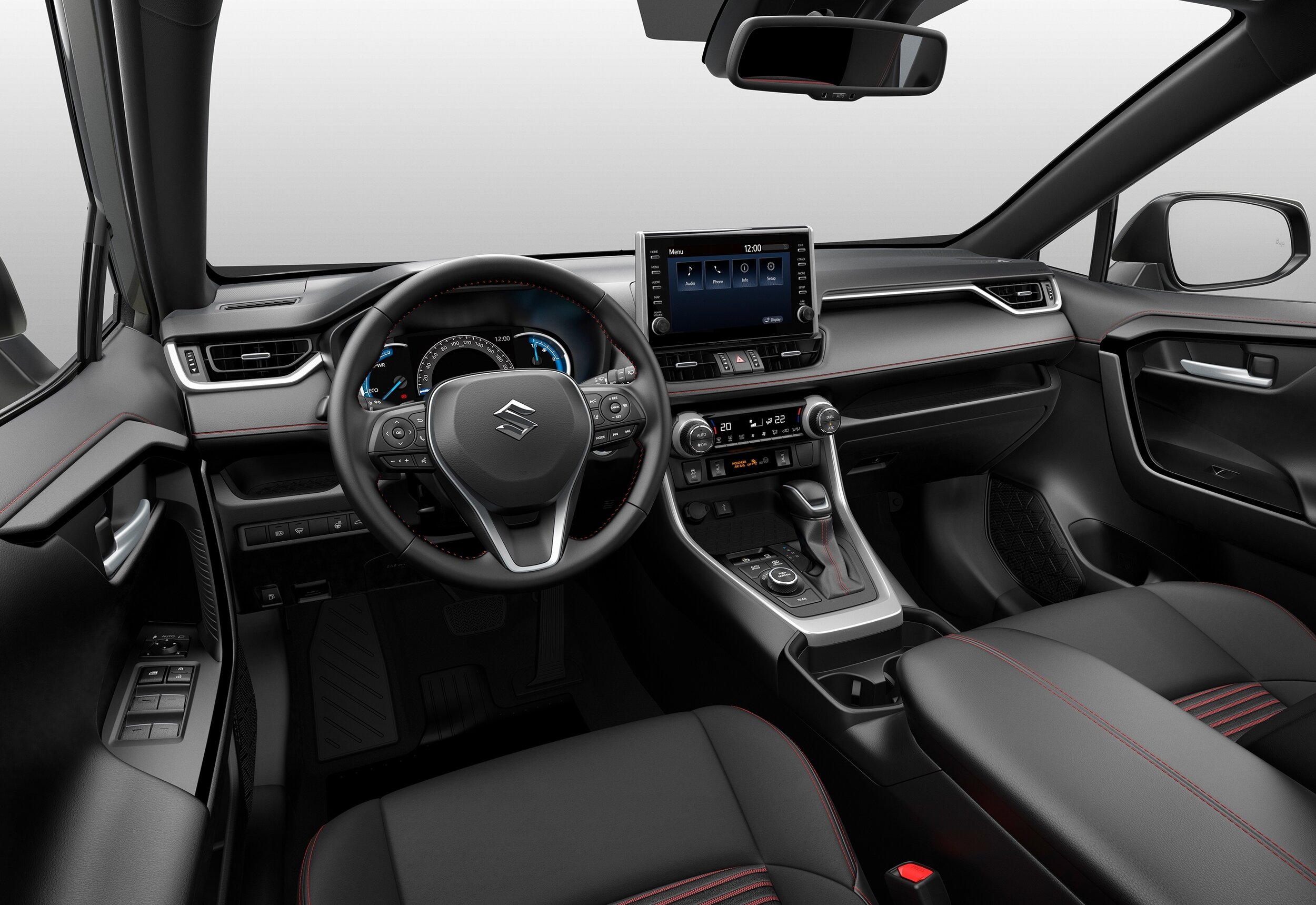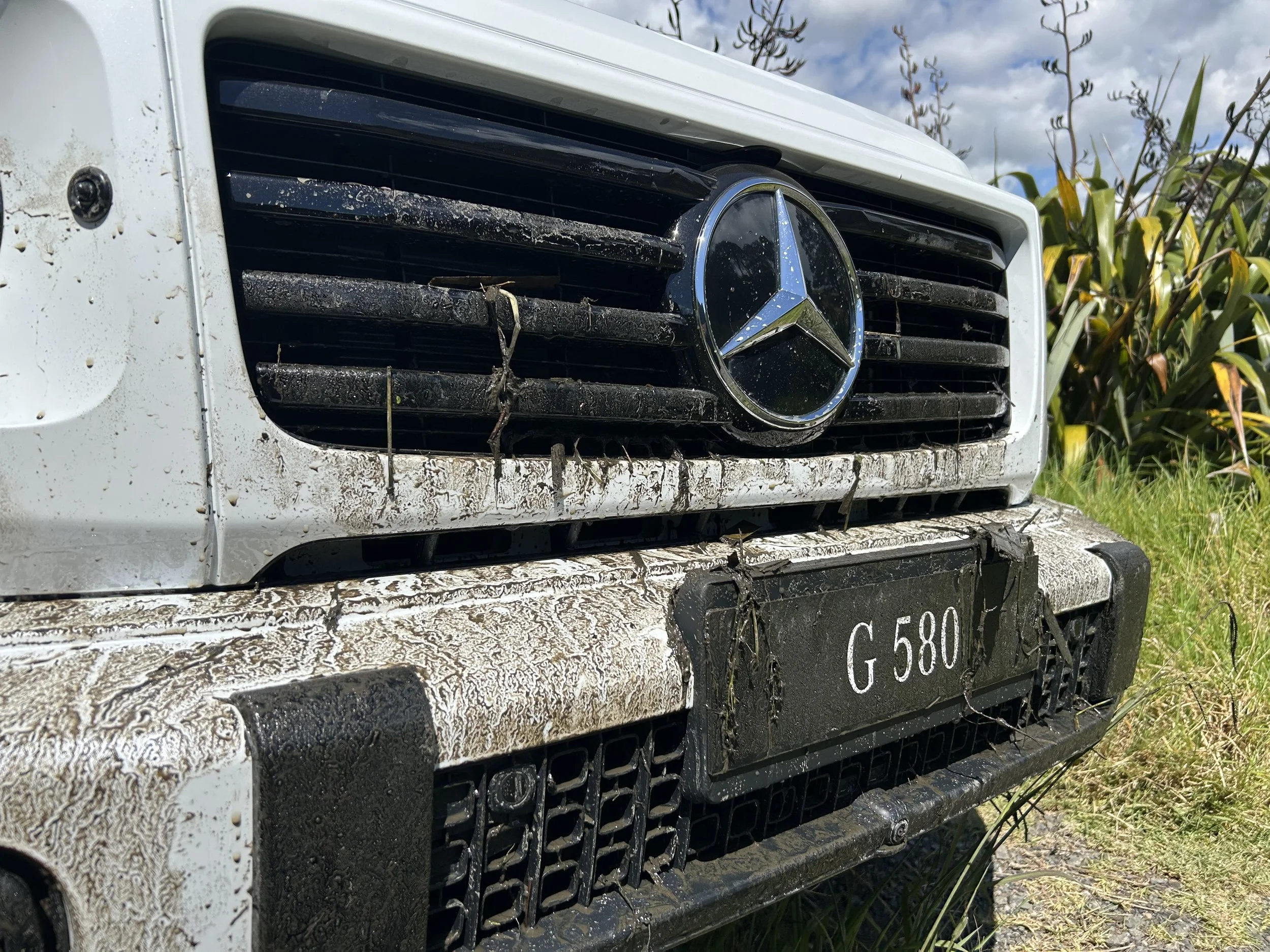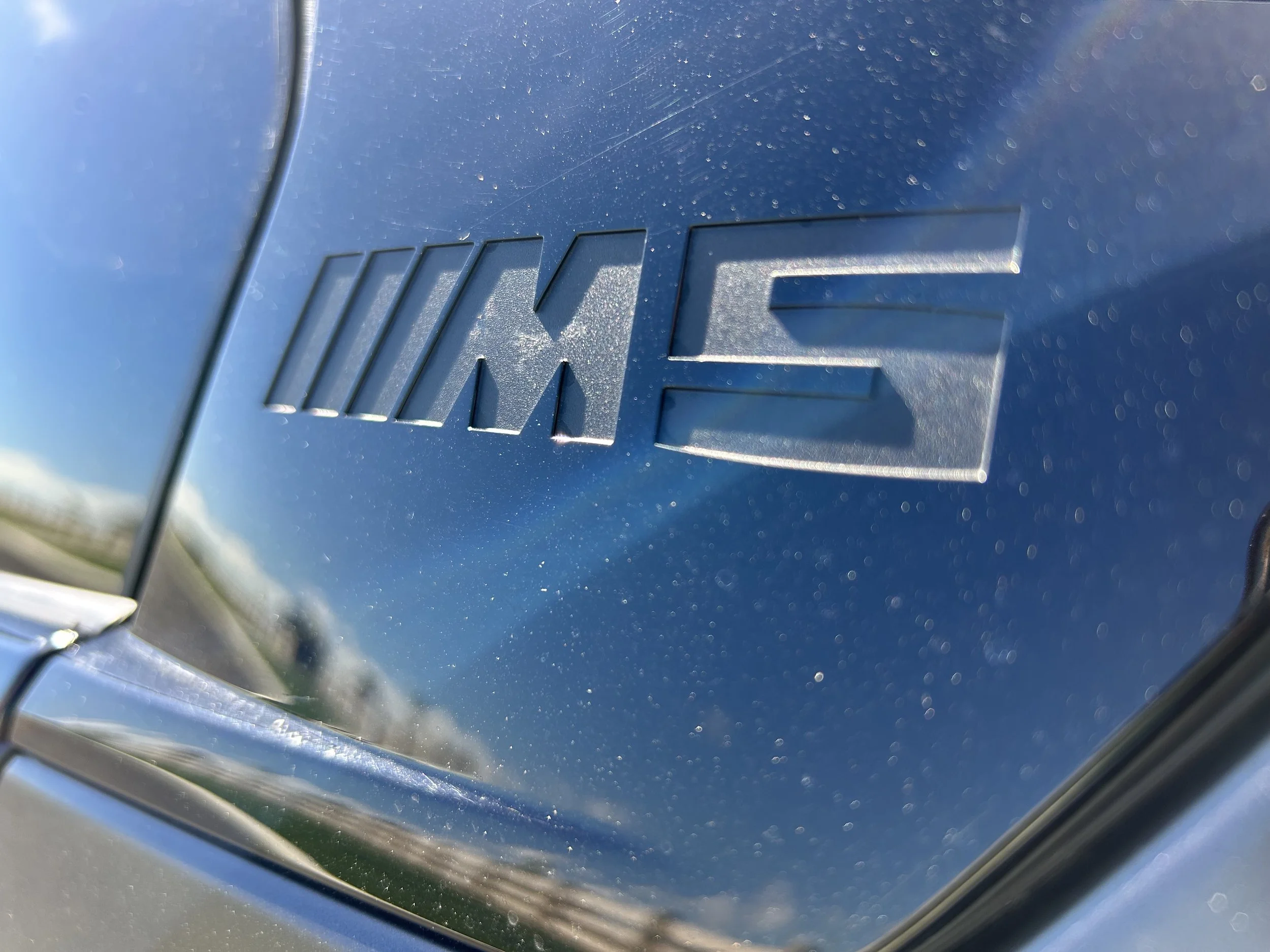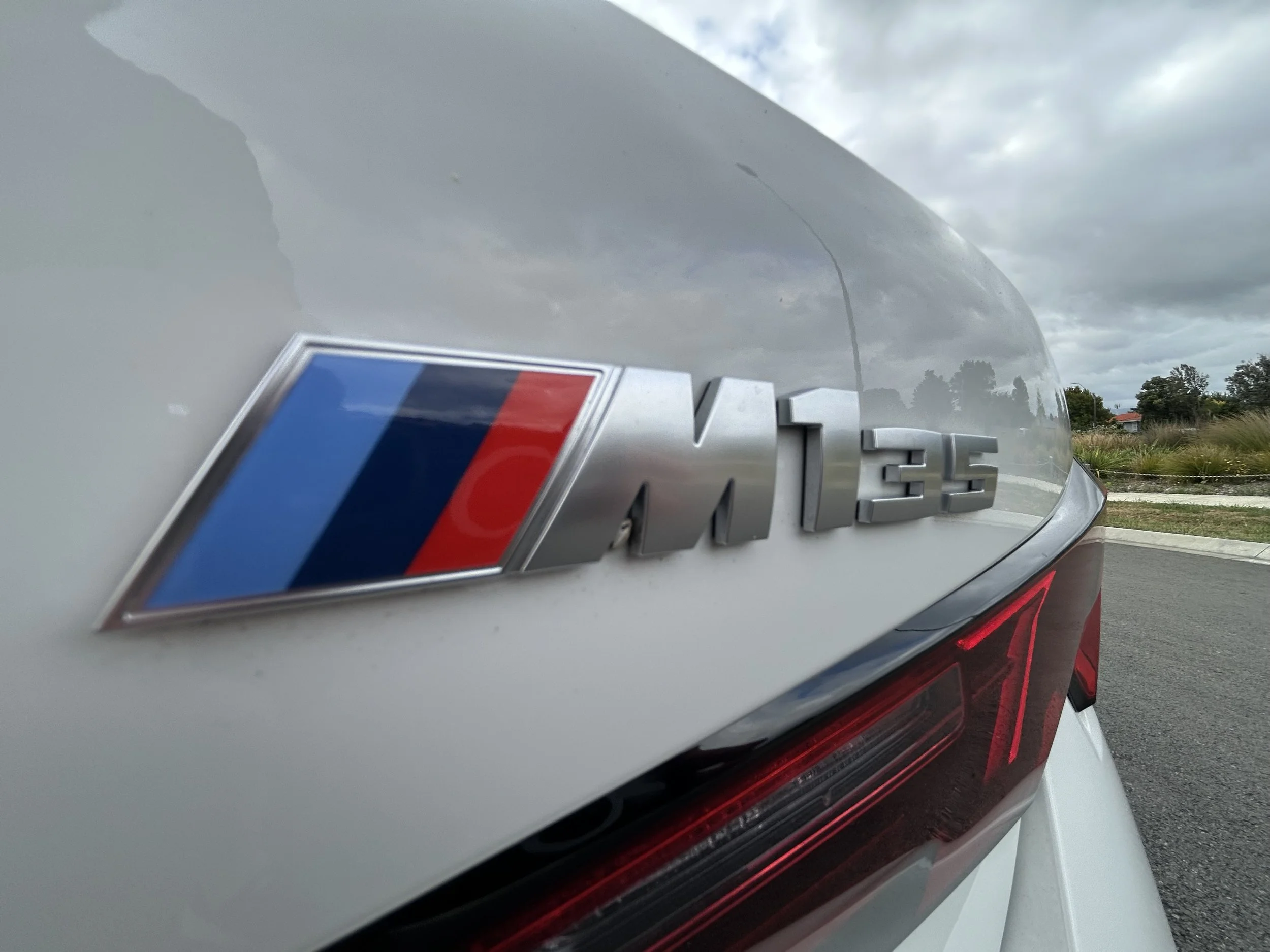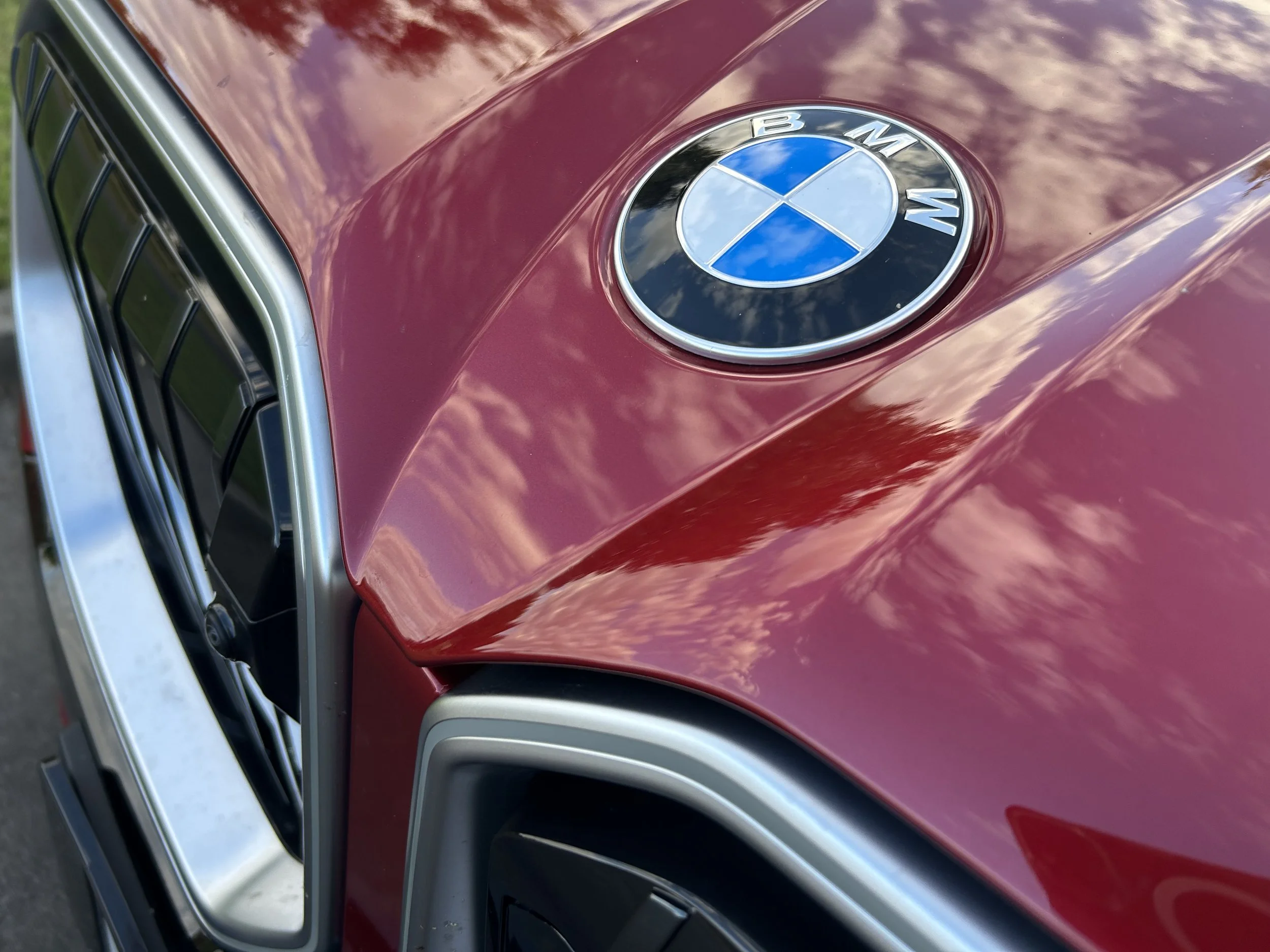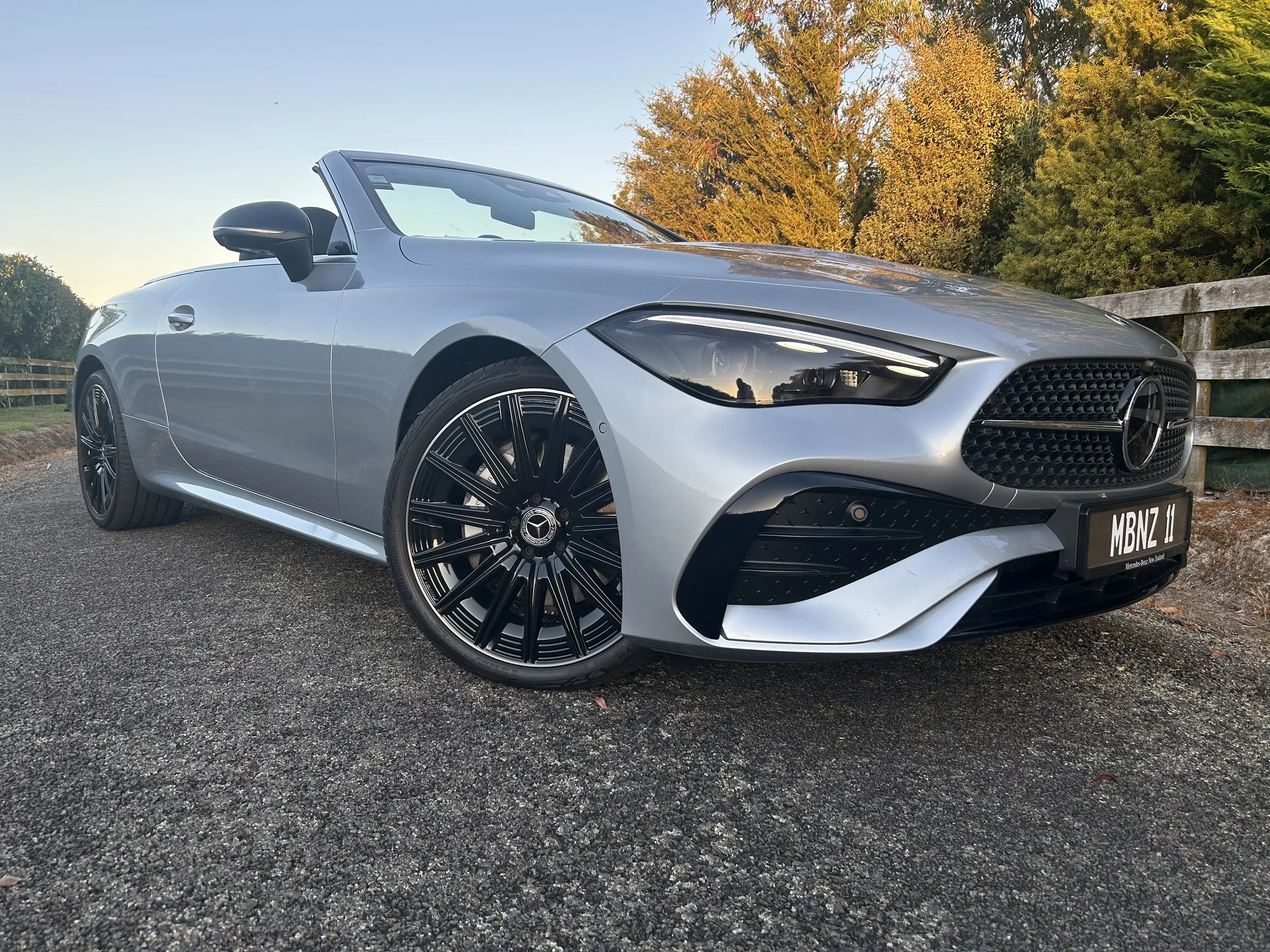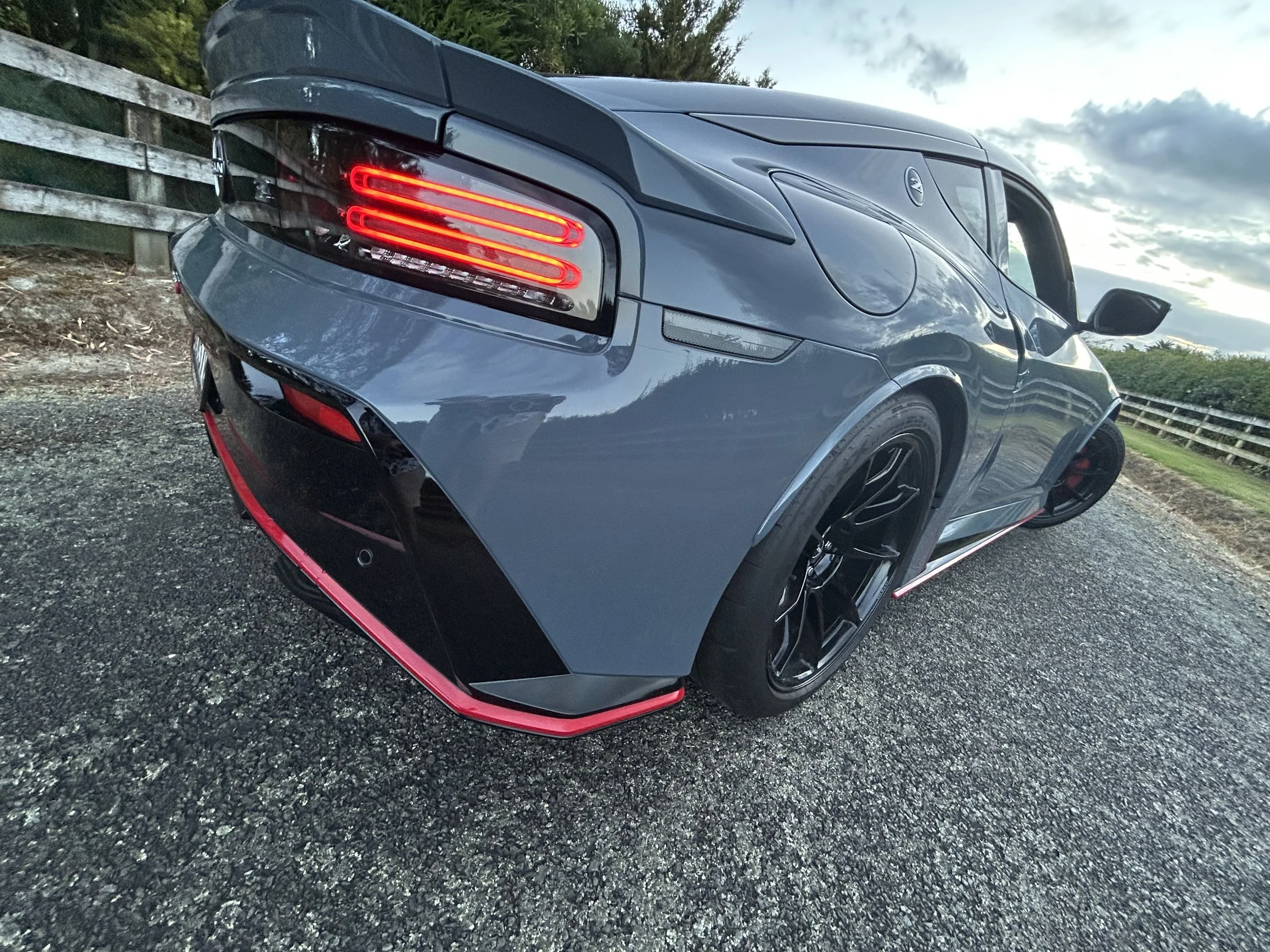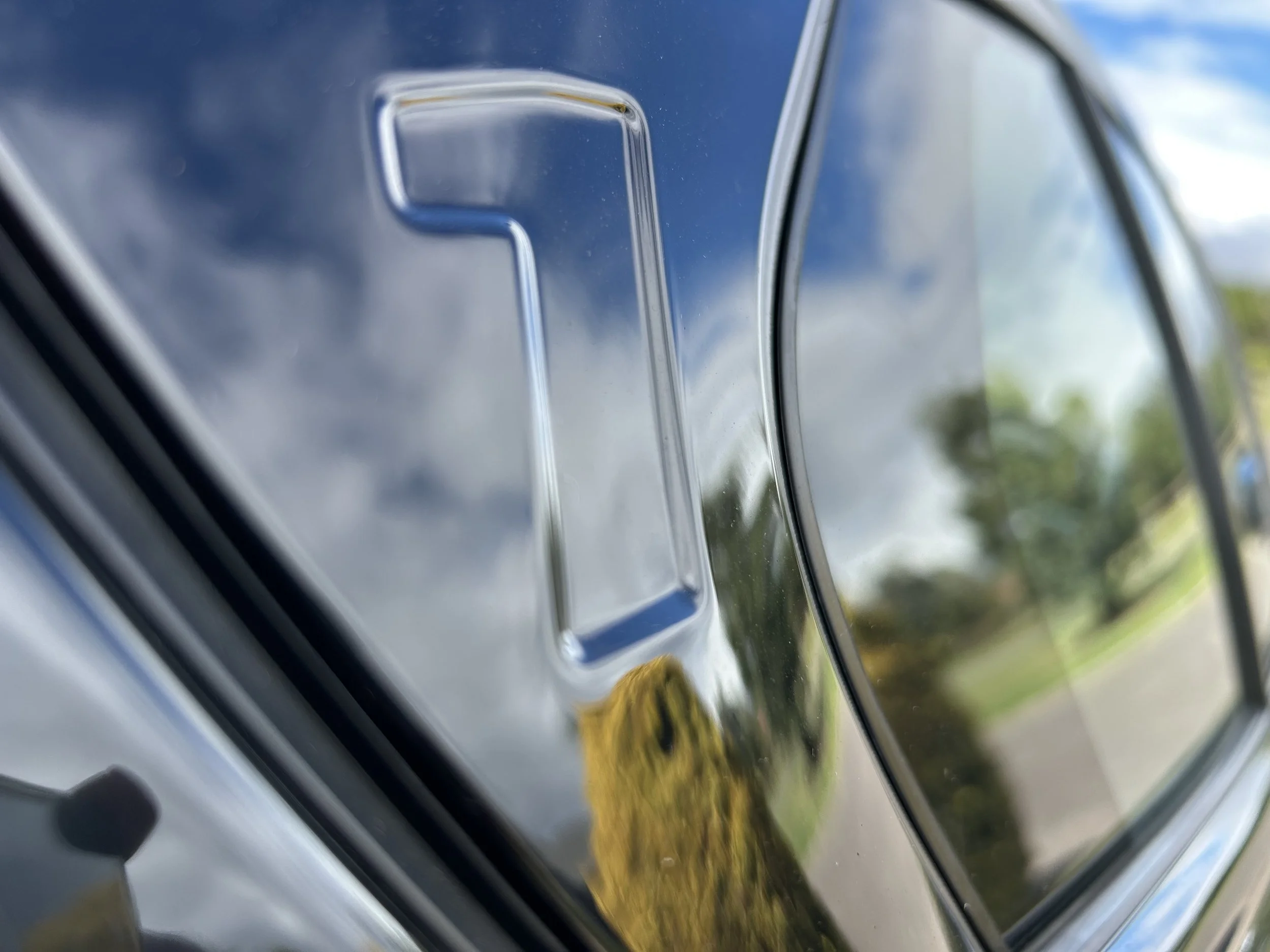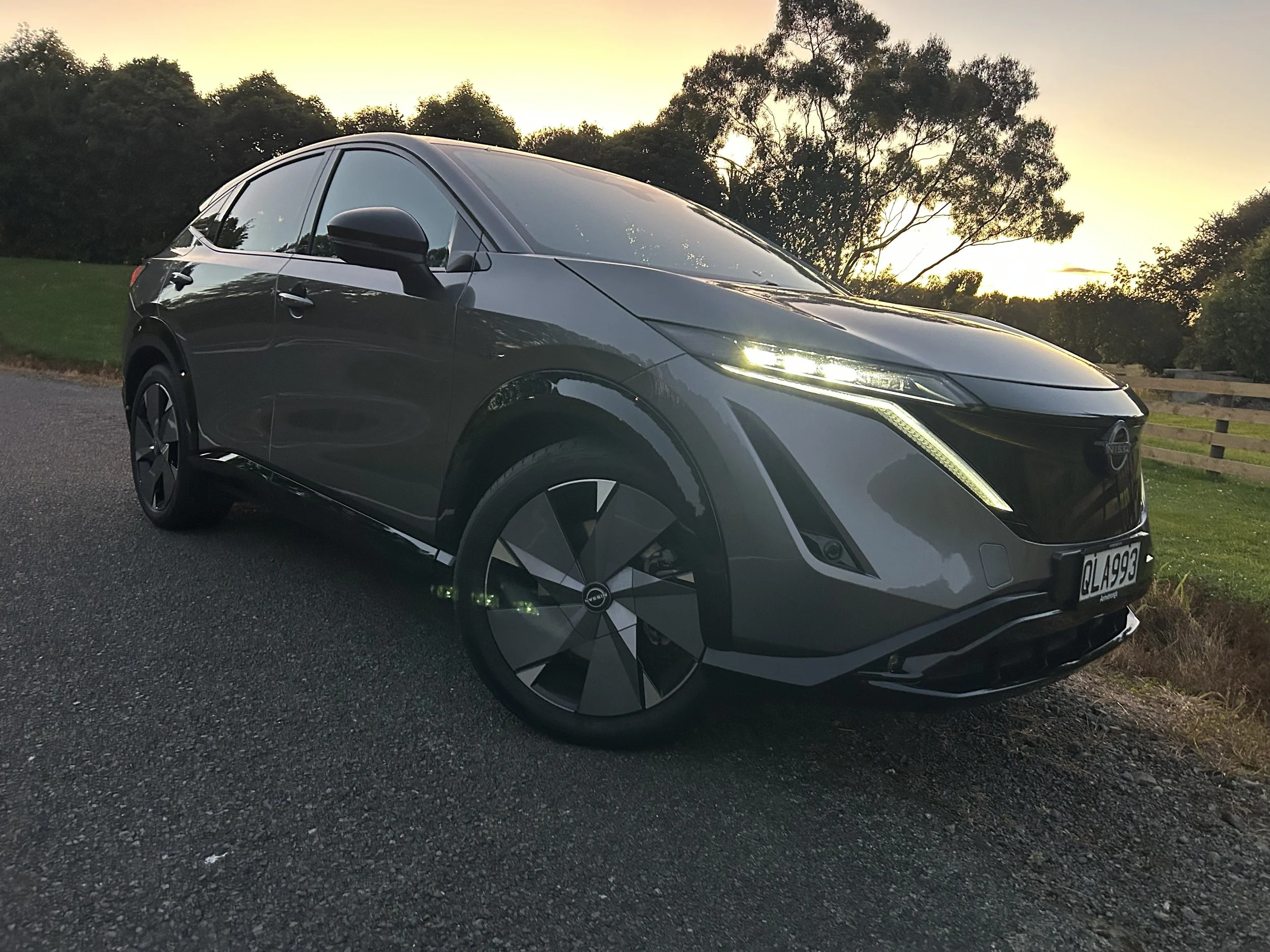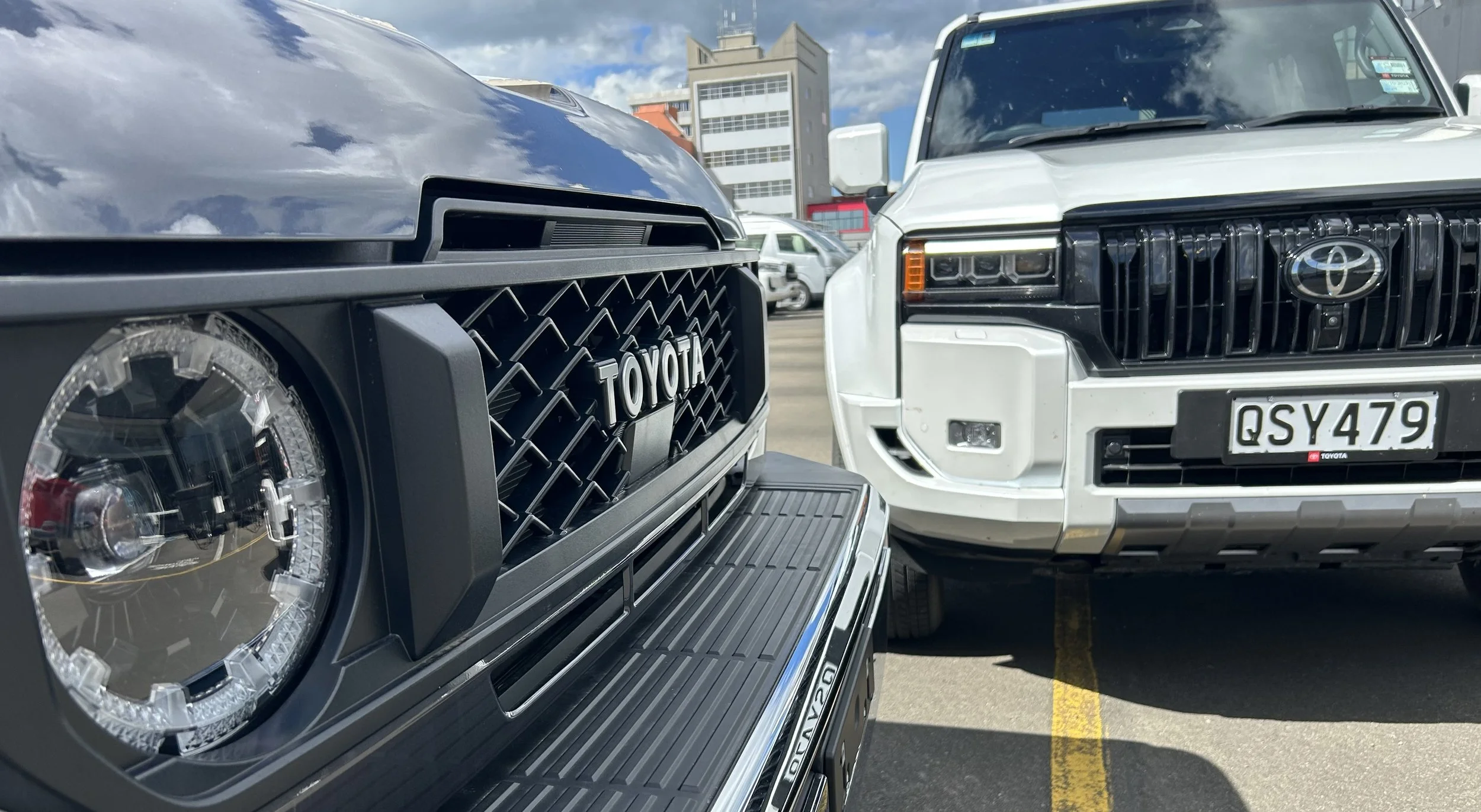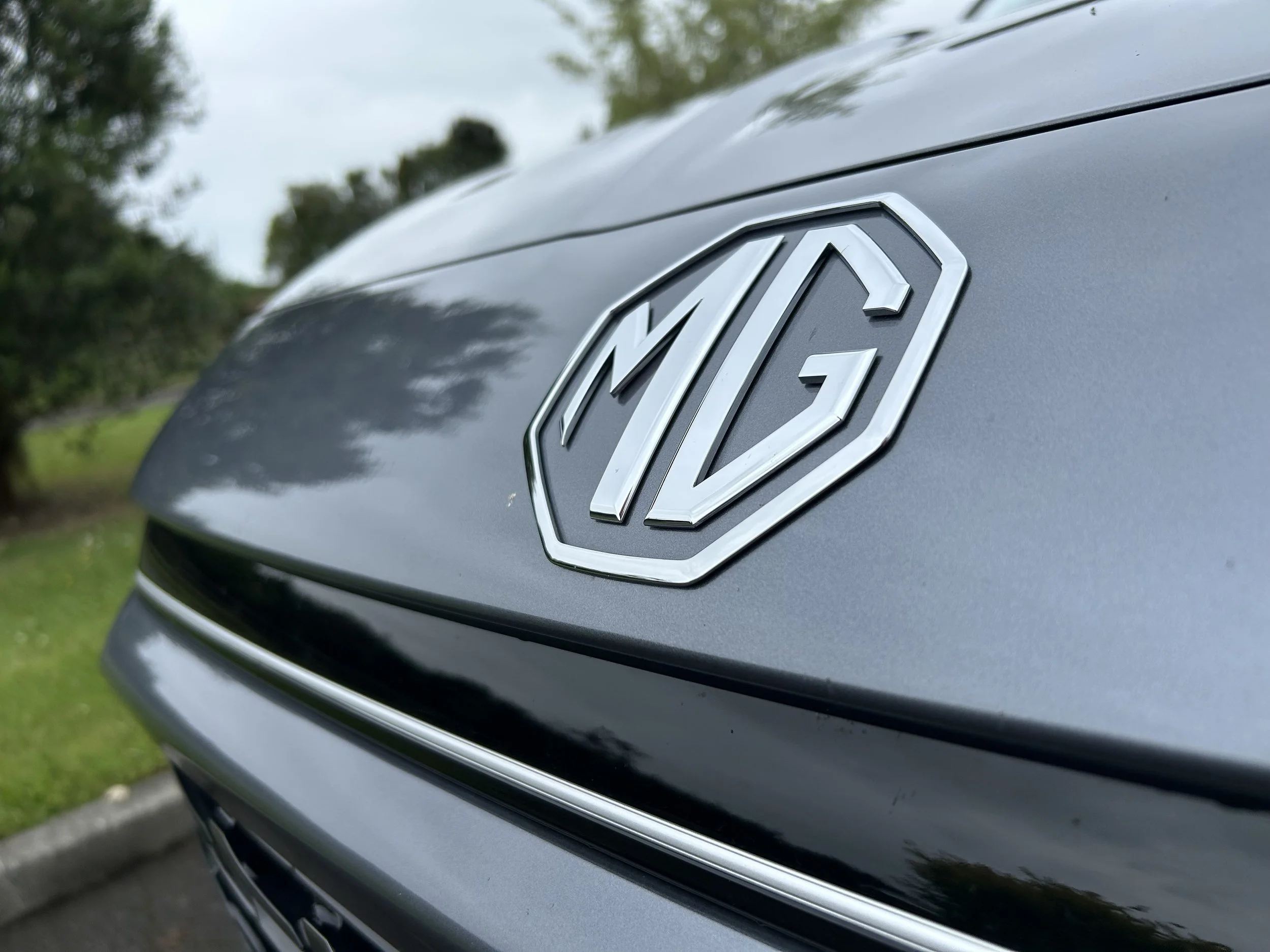Hilux 'hammer time' - a hero is rising
/EXCLUSIVE: An extra-hardened Hilux for Kiwis is set to be unveiled today.
Toyota New Zealand’s new boss Neeraj Lala has often spoken of his desire to deliver a Hilux equivalent of the performance utes rivals offer - will he deliver today?
PREPARE to meet a ‘hero’ Hilux that will not only overshadow the extra-hardened editions just released across the Tasman but will also prove tougher than any rival brands’ offers.
That’s the vow made by Toyota New Zealand’s chief executive at an introduction to the updated model line, which goes on sale the day after tomorrow.
Journalists on a drive programme today that takes them from TNZ headquarters in Palmerston North to New Plymouth have been promised sights along the way will include a specially-fettled double cab model additional to the range already announced for public use.
Lala says the mystery truck set to be unveiled at midday is a hero model quite unlike any offered here before that will become a permanent fixture in the family.
He further vows: “It will be the best halo truck on the market at the moment.”
That’s quite a gauntlet throw down when one of those adversaries is the Ford Ranger Raptor. Is it possible for Toyota here to really create an equal when the major re-engineering process that went into Ford model obviously isn’t on the cards? Hard to believe. We’ll find out soon enough. Watch the MotoringNZ Facebook page for updates.
Certainly, it’s possible to monster up a Hilux. The confirmation of a new image-maker comes just a day after Toyota Australia, which claims to be the architect of all the major improvements that arrive with the 2020 mid-life update, has shown off its own specially-crafted hardcore editions.
The degree of commonality between the Hilux Rogue and Hilux Rugged X that our neighbours are taking and the machine heading to Kiwi customers will become more obvious by tonight.
are Australia’s latest Rogue (left) and Rugged-X derivatives, revealed just yesterday, pointers to what Toyota NZ can achieve?
However, New Zealand would not be ill-served were we to pluck some of the content enjoyed across the Tasman.
They deliver new features including a motorised remote-control tray roller shutter for the Rogue and a steel front bumper with integrated LED light bar for the Rugged X, which as the name suggests is the more off-road-oriented of the pair.
The latter also comes with heavy-duty front springs, a snorkel with reversible head, plus red-painted front and rear recovery points and heavy-duty rock rails (aka side steps).
There’s a unique sports bar at the back with multi-purpose attachment points, along with a moulded tub tray, tailgate protection and a heavy-duty rear bumper with an integrated step.
While Lala was coy about letting out too much info about the Kiwi model, he has has made clear before of his intent to use high visibility editions to polish the one-tonne model’s reputation and enhance sales.
Conceivably, these will be created as Australia’s have been. So, base vehicles are produced in Thailand and then kitted out with additional parts locally.
Logically that will happen in Thames where the former Toyota car plant has been repurposed as a refurbishment centre for used car stock under the Signature Class banner.
TNZ has already shown talent for dressing up the current generation Hilux – it has previously delivered versions with Toyota Racing Development guise and also created an extremely pumped one-off for the 2017 national Fieldays, called the Gladiator.
At the moment, the lineup is topped by this SR5 Cruiser doublecab, an almost $59,000 proposition. Raptor plays in the $70k zone … so, room for Toyota to move up.
Further, at a briefing last night, TNZ’s general manager of parts and service, Spencer Morris, outlined how popular factory accessories are with Hilux owners.
“No-one ever seems to buy a Hilux without ever wanting to accessorise it,” he said.
The desire to add extras is good business; last year TNZ sold $30 million worth of bolt-ons. That taste is sure to be satisfied with the new model, with has 300 accessories available.
Regardless that it wants Hilux to achieve a market-leading profile, TNZ continues to downplay any desire to return the Hilux to achieve sector leadership, a title it held with ease for more than 20 years until the pesky Ranger turned up.
Hilux has been class runner-up since 2016 and its popularity against the Ranger’s has seemed to widen most years.
It was well beaten last year, with 7126 registrations against Ranger’s 9483, and looks set to stay in the No.2 spot this year as well, barring a surprise upset.
Year to date, as at the end of August, the Toyota model has taken 3725 registrations against 4961 for the Ford in the same period.
Toyota conceivably has a chance to get back on top next year, as that is when Ford ends sale of the current Ranger and swaps to a new model that becomes a co-share with Volkswagen. Ford is leading that project, so the new Amarok will be a Ranger in engineering though probably not in look.
The 2020 Hilux presents as a hefty mid-life refresh that will likely see it through until potential replacement, in perhaps 2023 or even later.
The latest enhancement delivers more equipment and more grunt and also improves the dynamics and resolves diesel a particulate filter issue that might have blackened the reputation of the mainstay 2.8-litre four-cylinder turbodiesel engine.
Development and evaluation of this engine is in latest state of tune means it now develops 150kW and up to 500Nm with a recalibrated six-speed electronic automatic transmission (and 420Nm with the six-speed manual).
That work, along with retuning of the suspension and steering, was conducted in Australia, in collaboration with teams from Japan and Thailand, as well as representatives from other markets.
The 2020 Hilux also has the usual full range of electronic braking and traction-control technologies, emergency stop signal (hazard lights), reversing camera (pick-ups), seven airbags, and seatbelt reminders for all seats. On double-cab variants, the rear seats have two top tether anchors and two ISOFIX points.
Downhill Assist Control is standard on all 4x4 SR5 variants and 4x4 automatic SR double cabs (including cab-chassis).
Toyota Safety Sense technologies in Hilux run to pre-collision system that can also detect pedestrians (day and night) and cyclist (daytime); high-speed active cruise control, and lane-departure alert that offers steering assist (via the brakes) to prevent unintended wandering into another lane. Road-sign assist can now recognise speed advisory signs. New for SR5 double and extra-cab pick-ups are front and four rear sonars to support parking. When the system detects objects, it alerts the driver with a buzzer and a message in the multi information display.
Toyota NZ has launched with 18 Hilux variants, evenly split in rear and four-wheel-drive.
The rear drive models start with a 2.7-litre Workmate single cab chassis with automatic at $28,990 and topping with a 2.8TD PreRunner SR5 Cruiser double cab automatic for $47,490. The cheapest have maintained price parity with their predecessors but others have increased in price by $1500.
The four-wheel-drive range is totally wed to the 2.8-litre and starts with a single cab chassis at $44,990 and tops with a $58,990 SR5 Cruiser double cab auto. All 4wd models are more expensive than their predecessors, the biggest increase being a $2500 hike for the SR5 auto.










